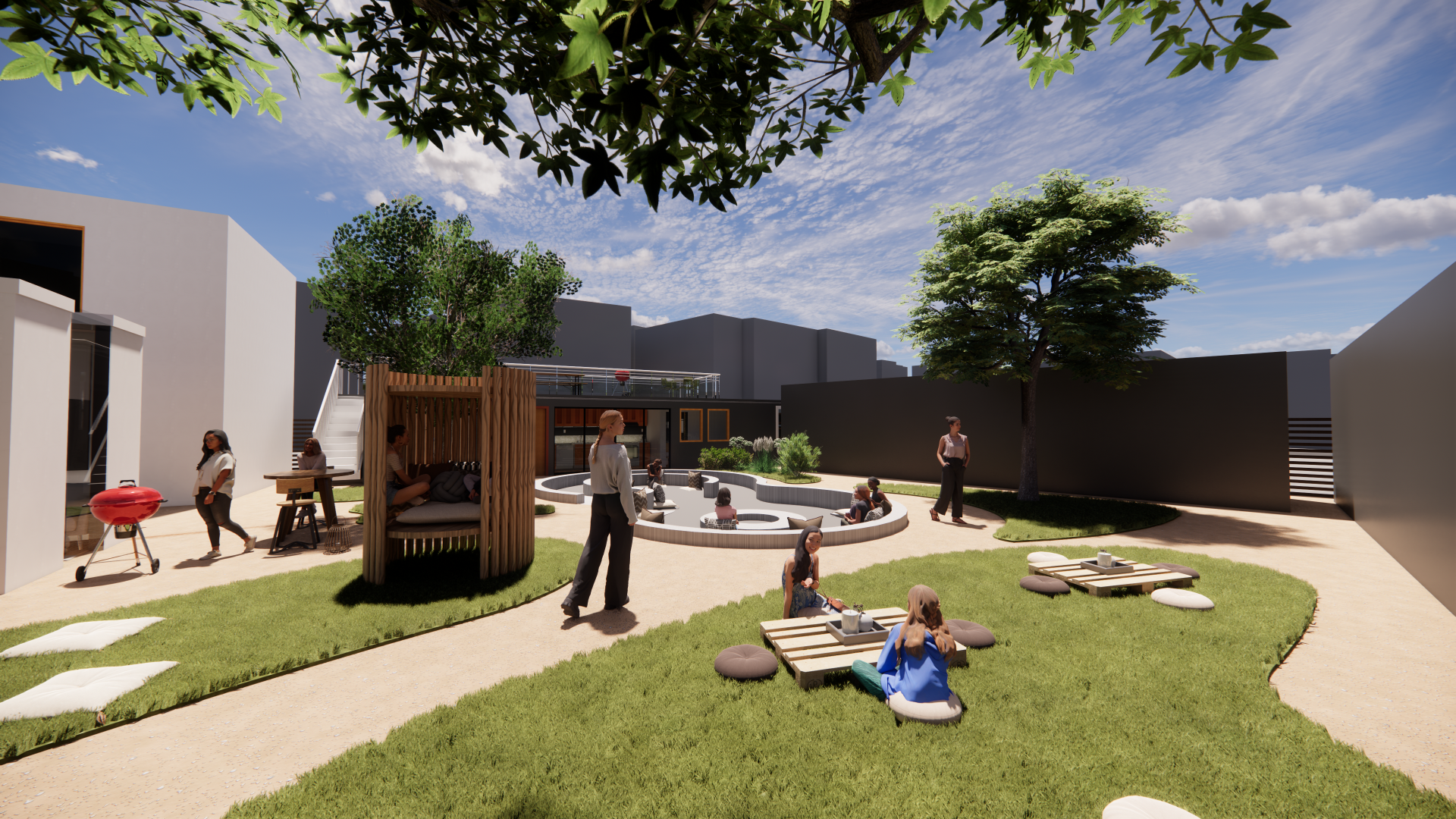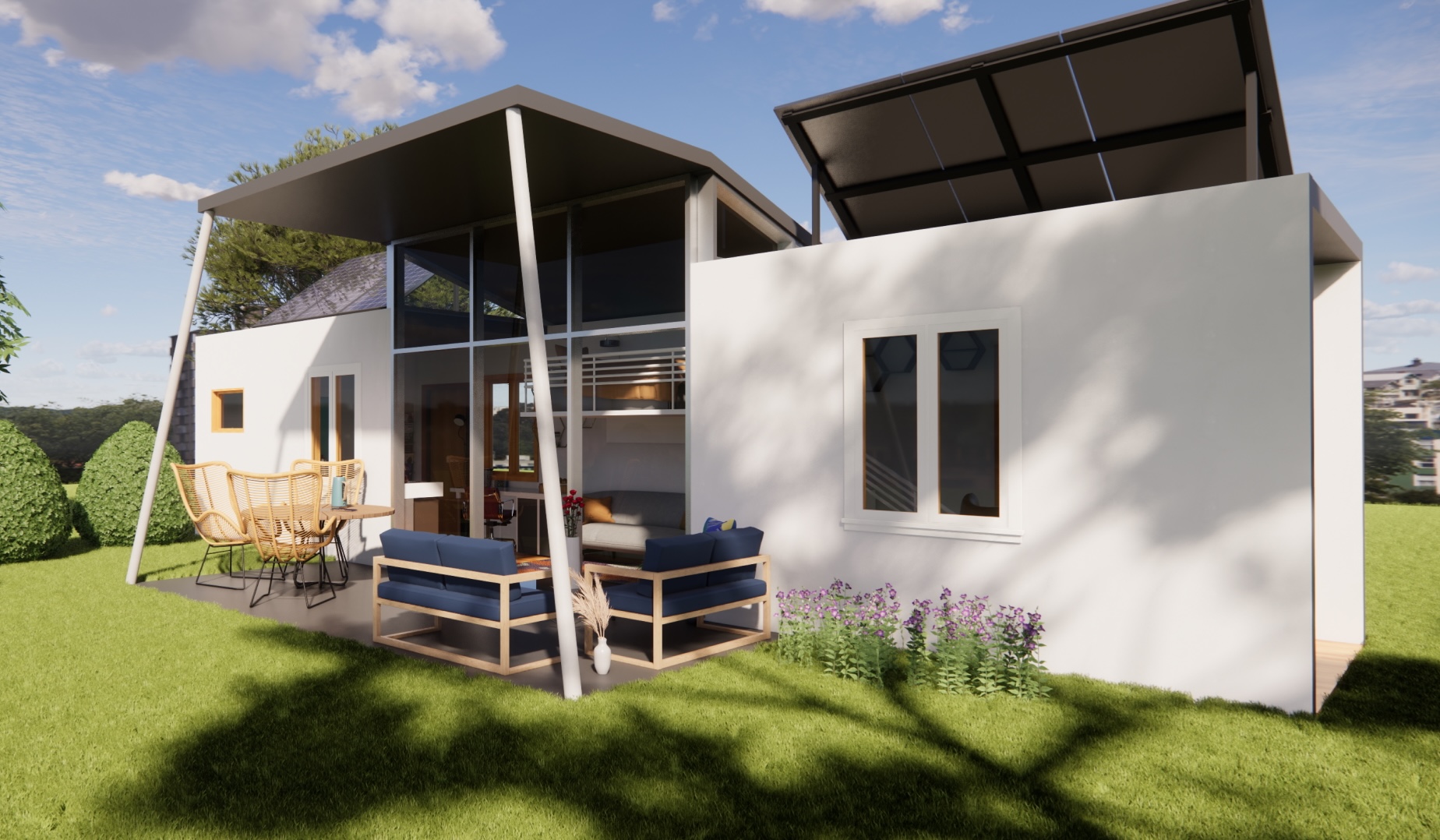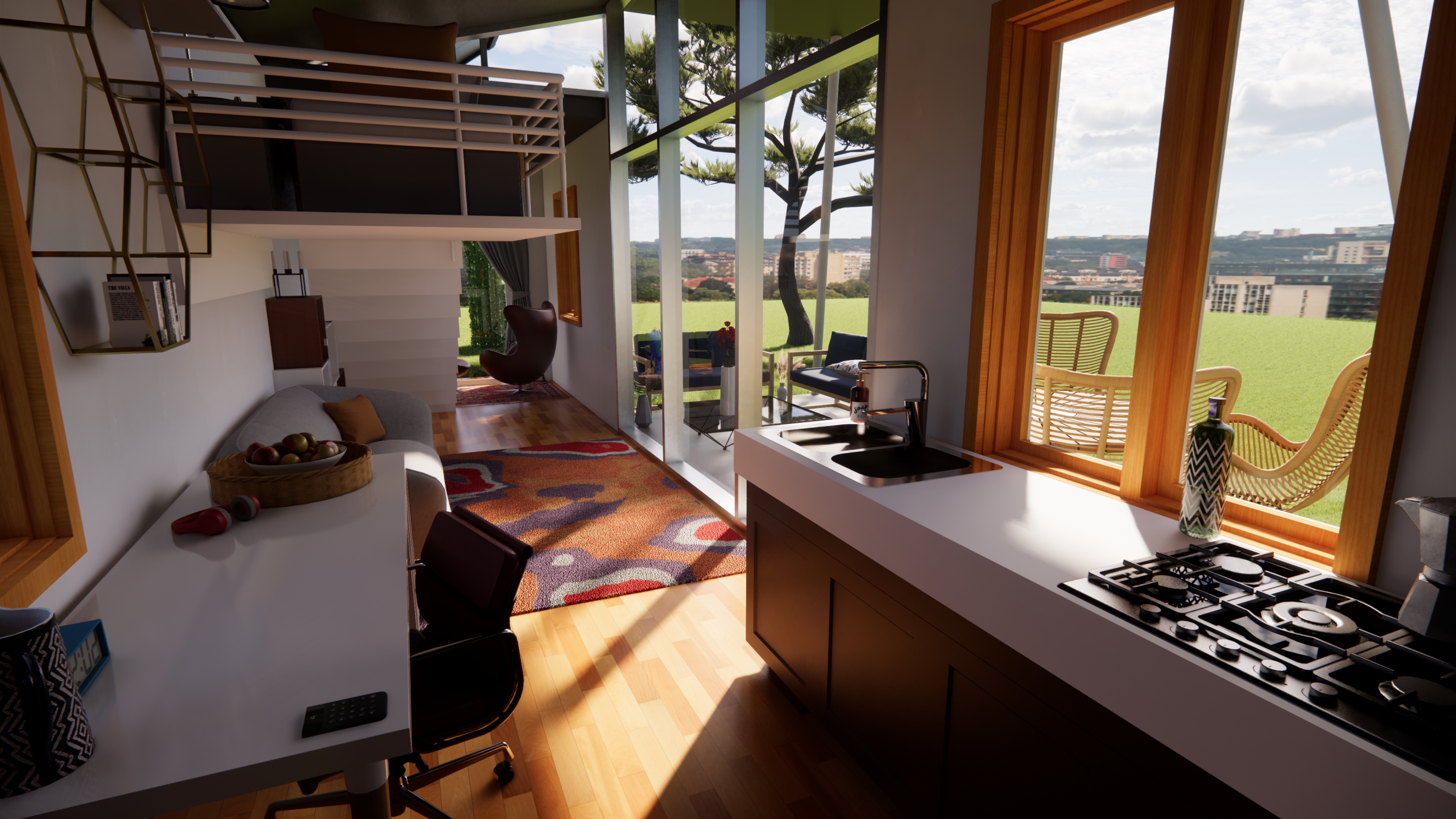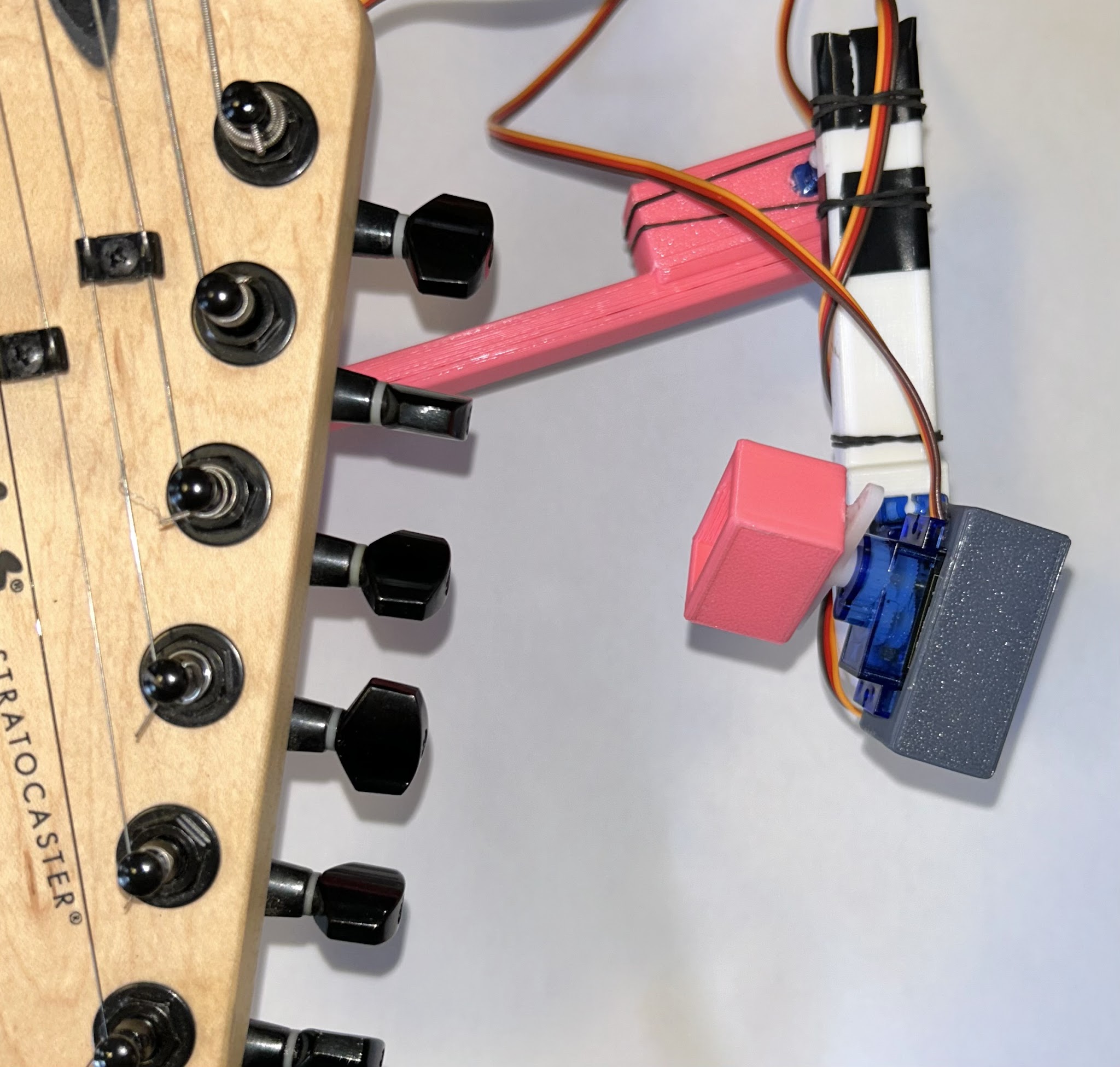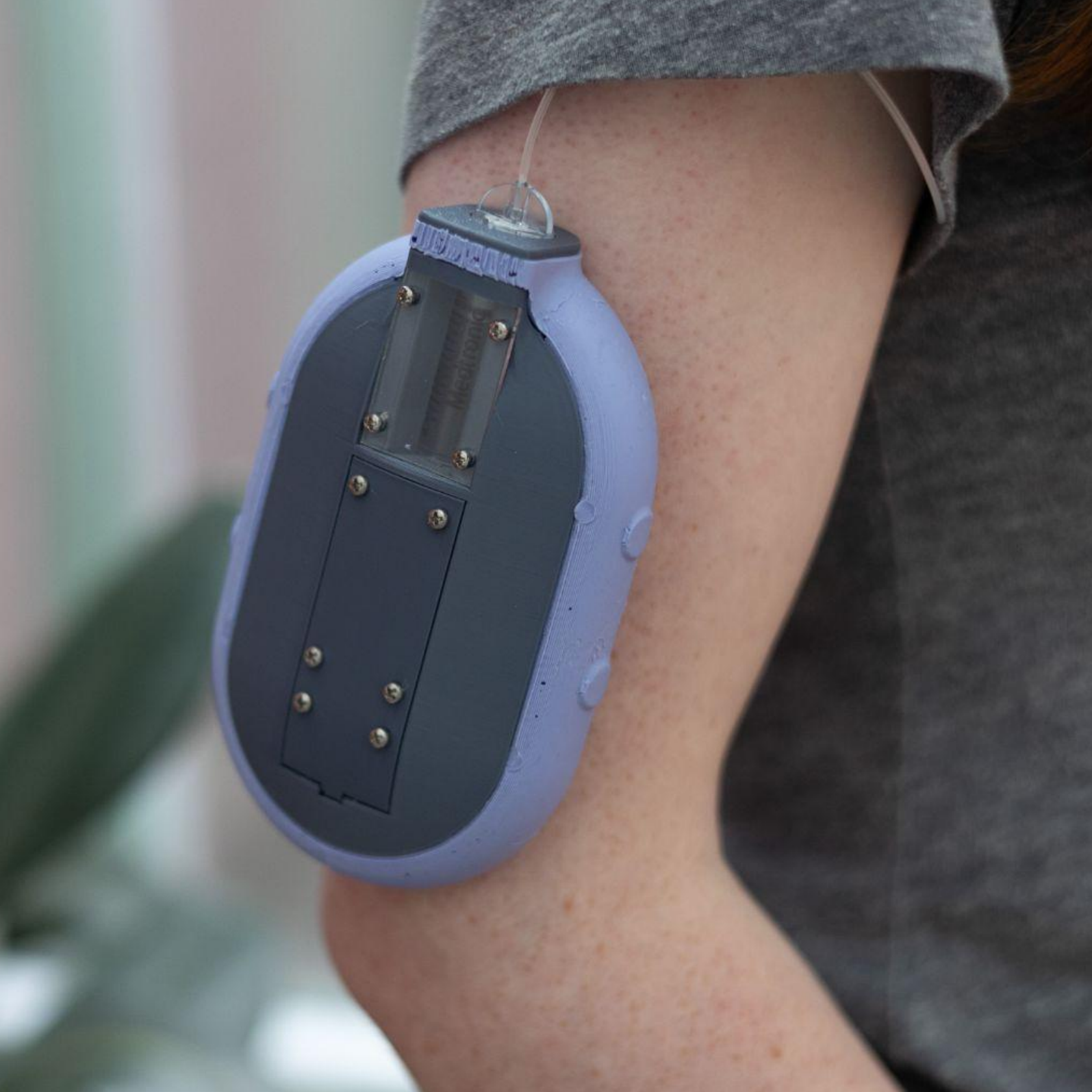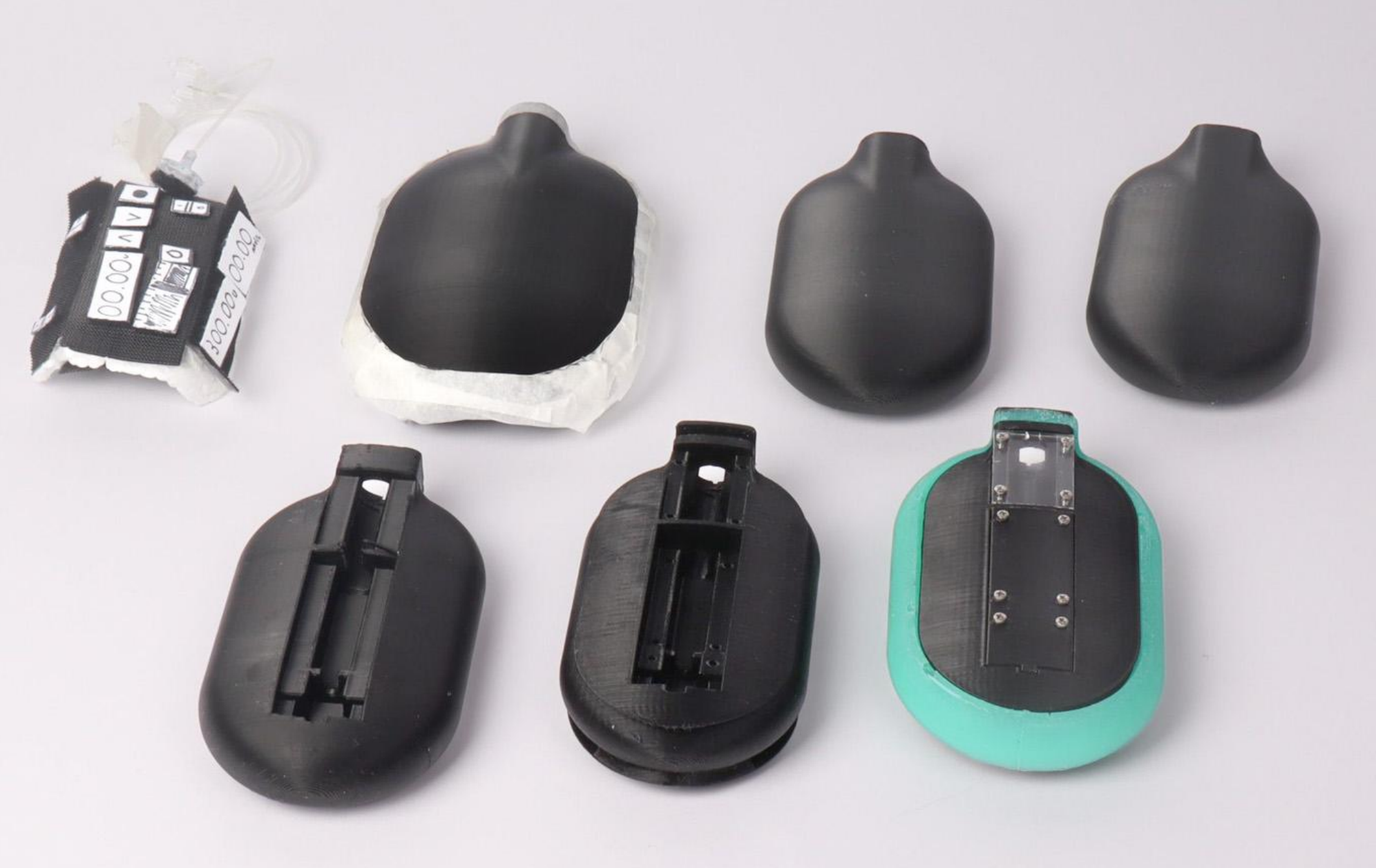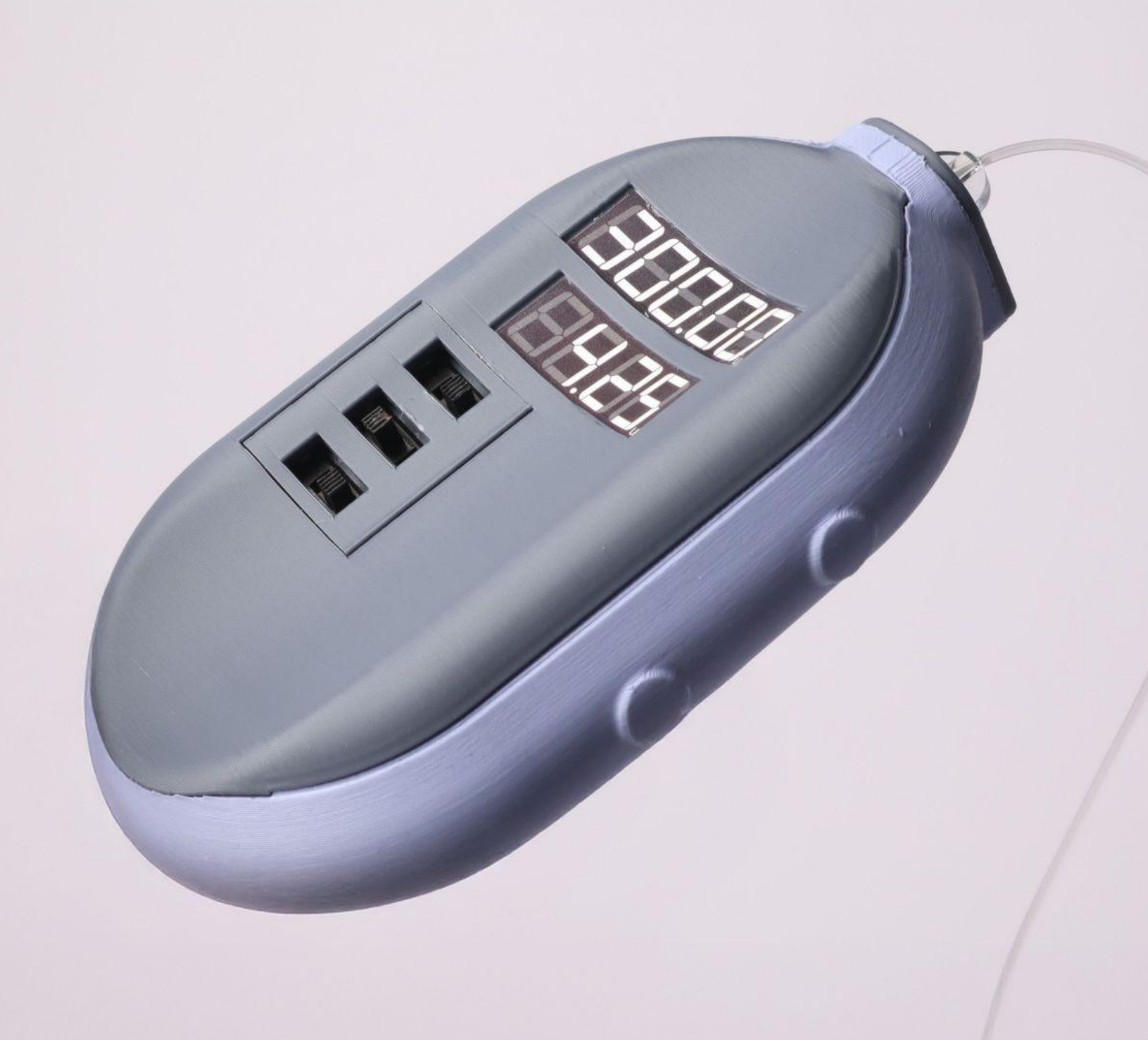Studios
At NuVu, students spend most of their time in hands-on, collaborative studios—three to four week deep dives into a specific theme or challenge designed by our team of expert coaches. Within each studio, students develop their own unique projects through an iterative design process, guided by coaches with deep expertise in technology, design, and the arts.
At the end of each trimester, students tackle Open Innovation. Here, students go one step further: they define the problem themselves. This helps build independence, creativity, and the ability to notice and respond to real challenges in the world around them.
By senior year, this all builds up to a Capstone Project—similar to a thesis. This major, self-directed piece of work will reflect who they are and what they care about.











